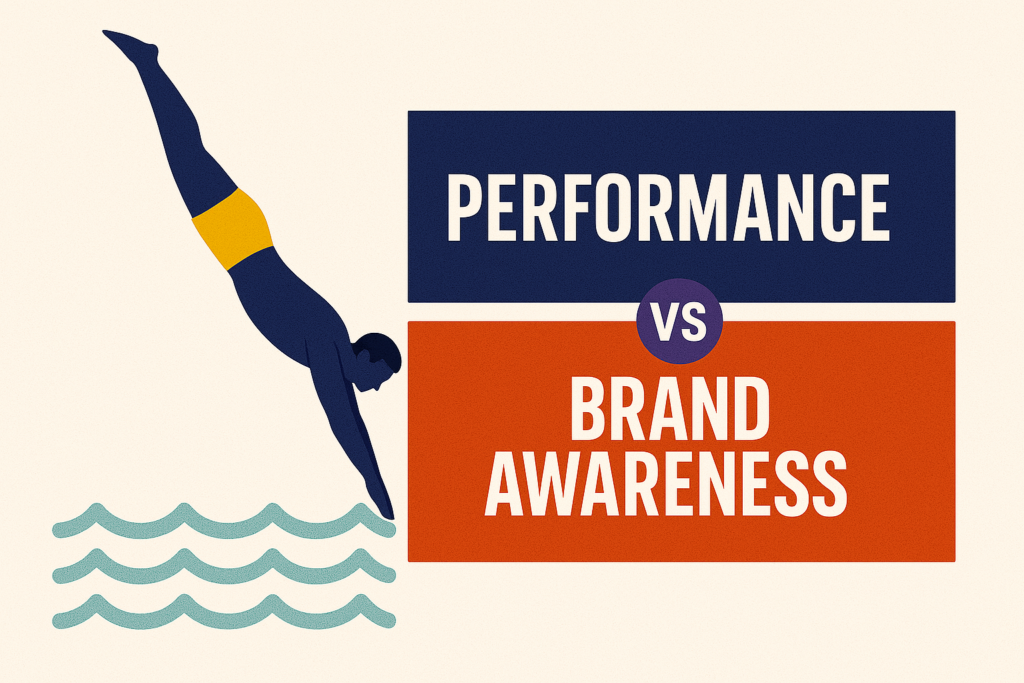Sinners: How the Film Became a Social Media Case Study

Guest post by Colleen Scott, Senior Social Media Strategist at ListenFirst High engagement, polarizing reactions, and a platform-shaping rollout define the cultural moment around Sinners. A breakout film doesn’t just live in theaters anymore; it lives in feeds. In the months following its release, Sinners emerges not only as a cinematic event but as a […]
Diving In: State of Social & Beyond: Video Game Industry

The State of Gaming on Social: Why 2024 Marked a Major Reset for Video Game Marketing The video game industry in 2024 stood at a powerful inflection point. Globally, the industry generated a staggering $184.3 billion, showing a slight but telling 0.2% year-over-year increase, according to GamesIndustry.biz. That kind of steady growth amid a rapidly […]
Diving In: Performance vs. Brand Awareness

Performance vs. Brand Awareness? Brand Builds the Hype. Performance Seals the Deal. Brand builds the hype. Performance seals the deal. The smartest marketers know you need both. For years, marketers have felt forced to choose between building long-term brand equity and chasing short-term ROI. But new insights from TikTok + Tracksuit, Ogilvy Social.Lab, and Pretty […]
Diving In: The Death of Authenticity

The Death of Authenticity: How Social Media and Branding Are Evolving in the Post-Authenticity Era For over a decade, social media has been the playground of brands seeking to connect with consumers in a relatable and “authentic” way. From the millennial-era obsession with transparency to the rise of corporate meme accounts, brands have consistently attempted […]
Diving In: DEI Rollback Boycotts

The Social Media War Over DEI Rollbacks: How Boycotts Are Reshaping Brand Loyalty, Corporate Reputation, and Financial Markets Corporate America is at the center of a political and cultural battle over diversity, equity, and inclusion (DEI) policies, and social media has become the primary battleground. Brands are no longer just businesses—they are symbols of social […]
The 97th Academy Awards Social Media Performance Report

2025 Social Media Performance Report Download the full report below. The 97th Academy Awards was a massive success—not just on the big screen but across social media. Conversations surrounding this year’s Oscars were 68% higher than last year and 37% above the 10-year average, demonstrating that the event remains a cultural powerhouse. In contrast, the […]
